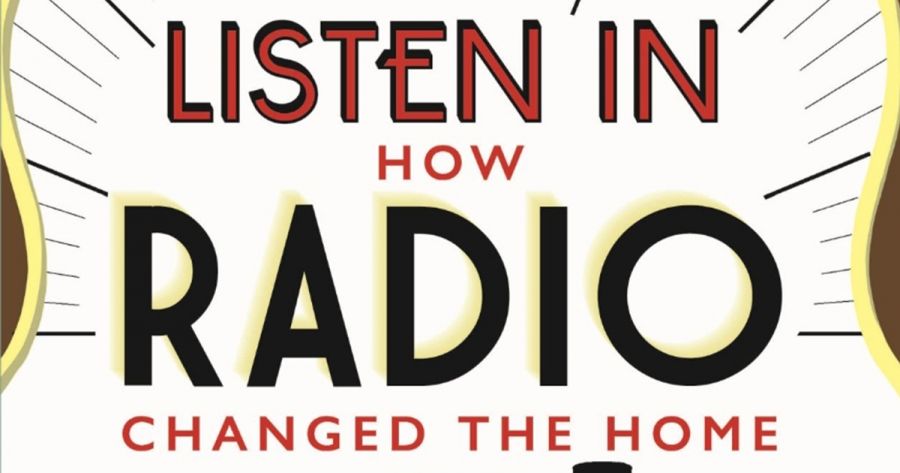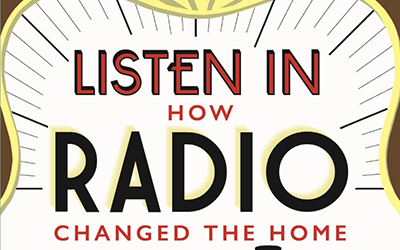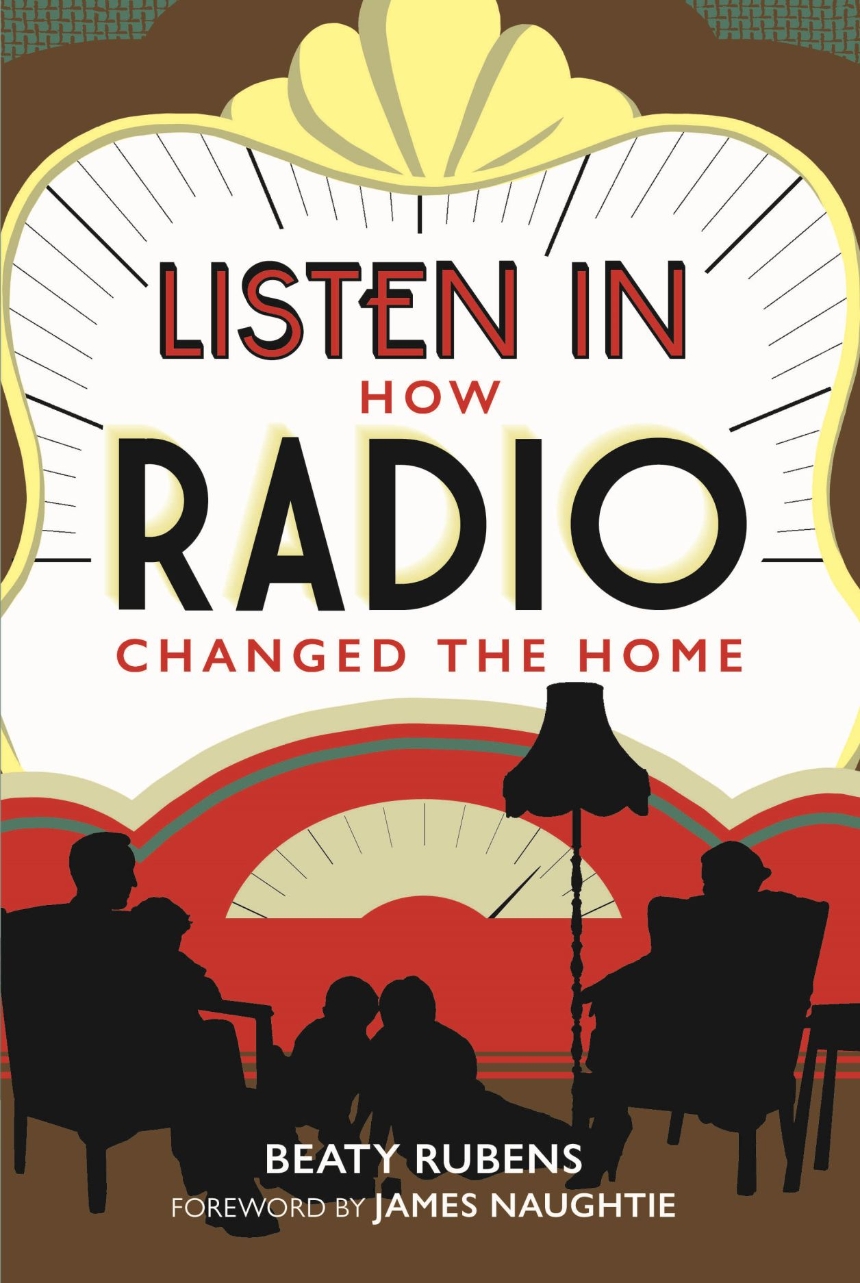
- Free Article: No
- Contents Category: Media
- Review Article: Yes
- Article Title: The coming of radio
- Article Subtitle: How quickly the medium colonised homes
- Online Only: No
- Custom Highlight Text:
That the majority of the sounds and experiences of the early years of radio are lost to us poses considerable challenges for historians. The losses include the expressions of local innovations and experimental broadcasts across global contexts that predate the establishment of organisations, often with ambitions of a national reach, such as the BBC (1922), the ABC (1923), and Radio Bangkok of Phaya Thai (1930).
- Featured Image (400px * 250px):

- Alt Tag (Featured Image): Paul Long reviews ‘Listen In: How radio changed the home’ by Beaty Rubens
- Book 1 Title: Listen In
- Book 1 Subtitle: How radio changed the home
- Book 1 Biblio: Bodleian Library Publishing, $59.99 hb, 270 pp
- Book 1 Cover Small (400 x 600):

- Book 1 Cover (800 x 1200):

- Book 1 Readings Link: https://www.readings.com.au/product/9781851246311/listen-in--beaty-rubens-james-naughtie--2025--9781851246311#rac:jokjjzr6ly9m
The subject of Beaty Rubens’s new book is Britain, where the earliest transmissions of music and speech were eagerly heard by hobbyists – mainly men and boys, waiting in sheds and bedrooms – equipped with a homemade ‘wireless’ set (or, briefly, wireless ‘phone’). In a publicity stunt in June 1920, for instance, Lord Northcliffe of the Daily Mail, who was agnostic about the prospects and value of the medium, sponsored a live broadcast from the Marconi factory in Chelmsford by Dame Nellie Melba. A fee of £1,000 for a twenty-minute set helped overcome the diva’s objection that ‘[m]y voice is not a subject for experimentation’, which was nonetheless read about by more people than would have heard it. As Rubens observes, what was significant and wholly new about such stunts was bringing a live event to listeners seated in the comfort of their own homes, listening and communing simultaneously, though dispersed across geographical space and place.
Recitals of music and speech were already available in various recorded formats, and radio made use of such sources, but what happened on air was conditioned by newly emergent conventions, possibilities, and relationships. Broadcasting, a term borrowed from fishing and evocatively applied to imagine the reach of transmissions and gathering of audiences, was live: to capture its breadth for reuse would have been expensive and limited by available technologies. This makes any history aspiring to cover radio’s gestation and development a job of imaginative retrieval – and not only because so much innovation proceeded with little time or regard for posterity. As Rubens indicates, there is no dearth of literature on early radio; the written archives of organisations, such as those of the BBC, are vital institutional, political, technological, and cultural repositories. What is missing are accounts of listeners’ perspectives and their role in radio’s development, how they experienced, welcomed, or resisted its encroachment into the home and daily life and what kinds of changes and continuities this entailed.
The rapid growth and reach into the home of radio is one measure to assess its impact. As Rubens relates, in the United Kingdom in 1922 nearly 150,000 people had access to wireless. By 1939 it was thirty-four million, out of a population of forty-seven million. Significant in those figures is a move from individuated listening – early wireless was accessed via headphones – to a shared experience enabled by the development of elegant and expensive sets with speakers amplifying drama, music, news, and talks around the home. As E.M. Delafield advised in 1937, radio had become ubiquitous, the key signifier of contemporary domestic life. Radio quickly colonised the home, with people ordering their daily schedules around its cultural repertoire and address. It further integrated listeners into the ‘imagined community’ of the nation, albeit one rather unbalanced in the United Kingdom by the dominance of the BBC and its perspective on identities related to region, social class, and gender.
Vibrant threads in this history locate the impact of radio in the context of such social relations, and of the degree to which the latter were also subject to parallel transformations, if not transformed by radio directly. Insights into gendered experiences are particularly interesting in light of the focus on the domestic impact of radio and what it made available to those women expected to be homemaking wives and mothers. Moving, then, are testaments such as those of an anonymous working-class woman who reported that ‘[t]he radio is my inspiration and relaxation. Talks inspire me to deeper thinking and reading, while I often do a tiresome job of sewing while listening. Music makes me caper about madly if I am alone and have excess energy.’
Australian readers may wonder at how such experiences were paralleled in the coming of broadcasting to this country and may turn perhaps to existing studies for comparison. As Rubens acknowledges, there is a wealth of written material concerning early radio, and she is diligent and imaginative in listening closely for accounts of audience experience before and beyond the familiar framing of the BBC. The book has been written to accompany an exhibition at the Bodleian Library, Oxford and so makes use of some of its resources, such as contemporary media coverage, a wealth of cartoons and other illustrations, as well as the earliest institutional research into BBC listeners by Hilda Jennings and Winifred Gill. Although these two women authored a published report, Rubens has also been able to draw upon some supplementary archival material to aid this broadcasting version of ‘history from below’. As befits her focus on the domestic, she evokes anecdotal memories and imagined scenarios from her own family history, enhancing a personalised perspective on the coming of radio.
A BBC veteran, Rubens also writes from the perspective of a radio professional; she is interested in how contemporary practices and perspectives on the audience compare with those of the past. This has its conceptual limits, and she has an unfortunate tendency to smirk at the cultural conventions and expectations of both broadcaster and audience. She finds it ‘tellingly parochial’, for instance, that the Radio Times could advise listeners prior to Christmas Day 1932 that ‘[i]f there is any News, it will be broadcast at 9.0 pm’. That our understanding of news, broadcast or otherwise, is a rather modern invention is clearly part of Rubens’s account, and such moments of contemporary condescension sit uneasily with the retrieval of the novelty and impact of radio on the home and nation.
A Preface from BBC journalist and presenter James Naughtie applauds Rubens’s approach for capturing the spirit of ‘the radio that we still hold dear’. One wonders whether this is the case, and how indeed we value the medium given the contemporary landscape in which we access audio in and beyond the model and conventions of broadcast radio. The triumph of Beaty Rubens’s book is that it makes a case for what was dear about radio for audiences and why listening quickly became habitual.


Comments powered by CComment